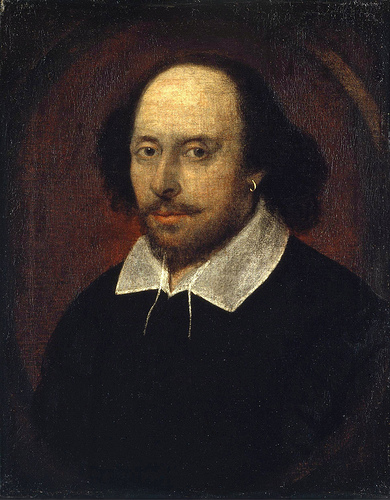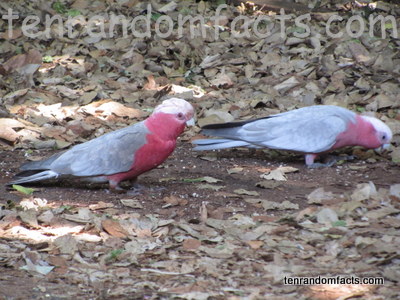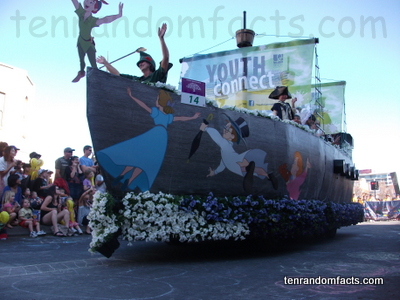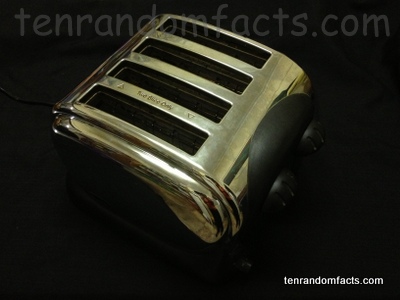
“The fool doth think he is wise, but the wise man knows himself to be a fool.” – William Shakespeare.
- William Shakespeare has no known birth date, but was baptised on 26 April, 1564, and died on 23 April, 1616, and spent most of his life at Stratford-upon-Avon in England.
- William Shakespeare was a tragic and romantic genre playwright and poet, most active in 1589 to 1613, and is commonly said to be one of the best English writers of all time.
- ‘William Shakespeare’ is also known as the ‘Bard of Avon’, the ‘Swan of Avon’ and ‘England’s native poet’.
- William Shakespeare married at the age of 18 to 26 year old Anne Hathaway, and later had three children (one died young), who all had children that didn’t have any offspring.
- William Shakespeare officially wrote 38 plays, 154 sonnets and many poems, and took part in writing many other works.
Shakespeare
Image courtesy of Books18/Flickr
- William Shakespeare’s birth date is celebrated on Saint George’s Day, 23 April, coincidentally the same day he died, due to a scholar’s mistake in the 1700s.
- According to William Shakespeare’s will, most of Shakespeare’s property was given to his eldest child.
- William Shakespeare’s works have influenced many authors, including Charles Dickens and Thomas Hardy, and Shakespeare’s language has influenced the modern English language.
- Famous works of William Shakespeare include Romeo and Juliet, and Hamlet.
- William Shakespeare’s works grew in significant popularity in the 1800s, although the work was popular in his time.
Bibliography:
William Shakespeare, 2013, Bio, http://www.biography.com/people/william-shakespeare-9480323?page=1
William Shakespeare, 2013, Wikipedia, http://en.wikipedia.org/wiki/William_Shakespeare























